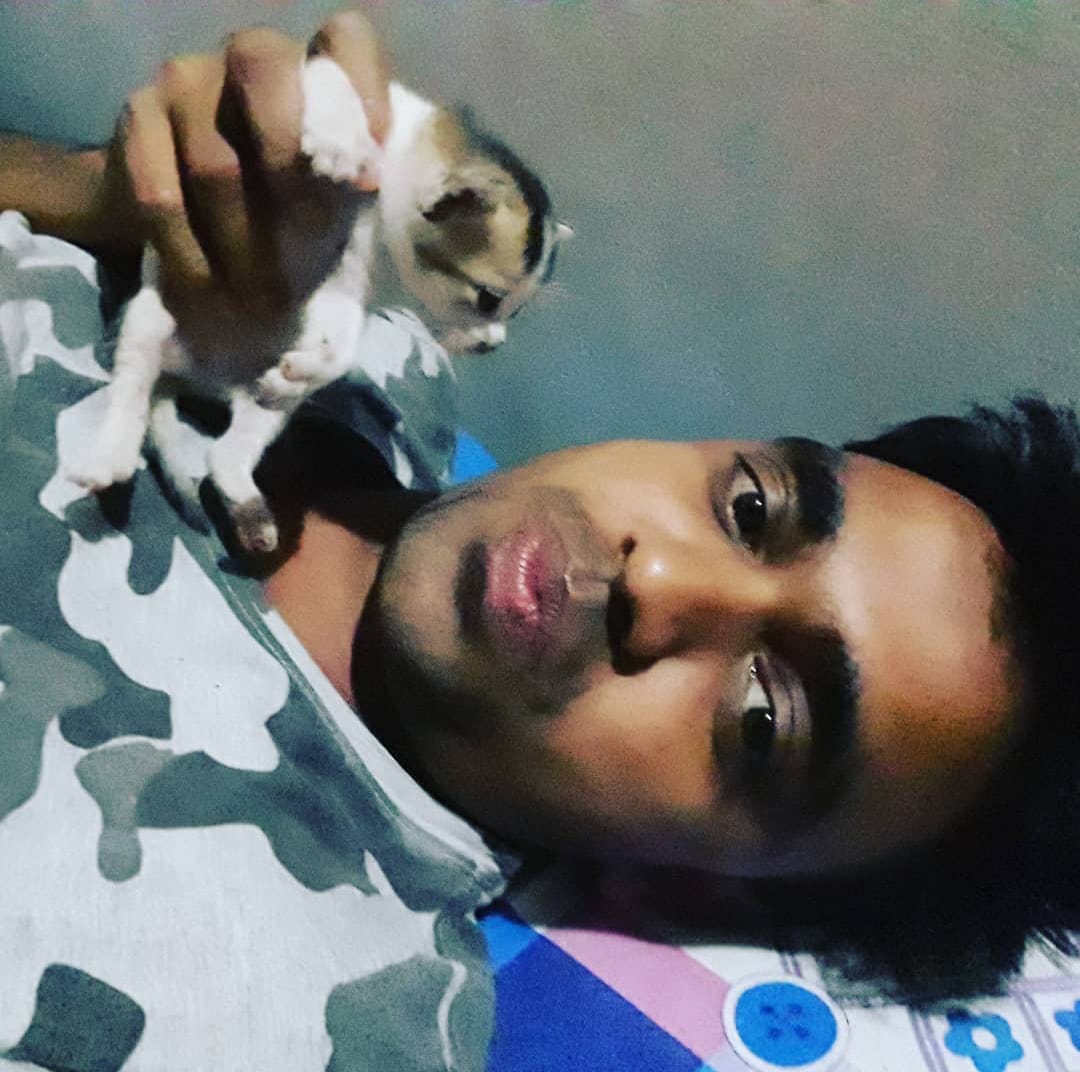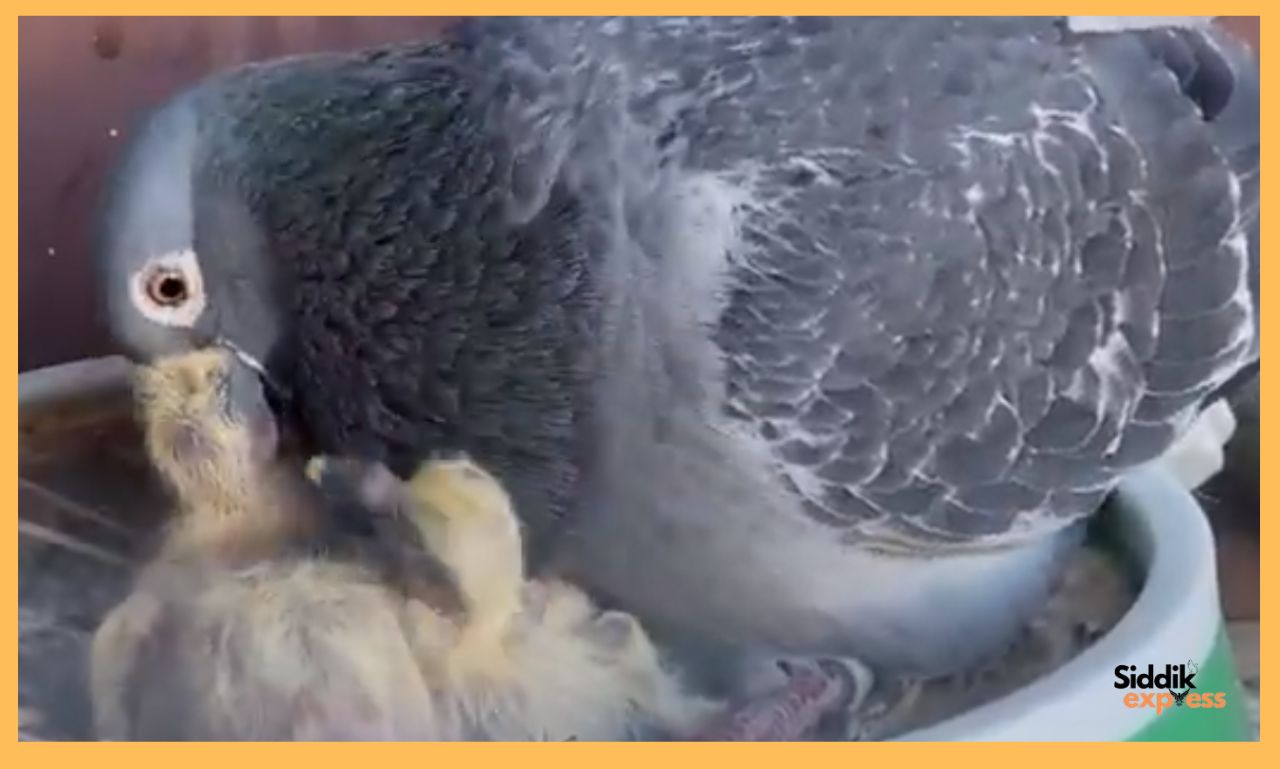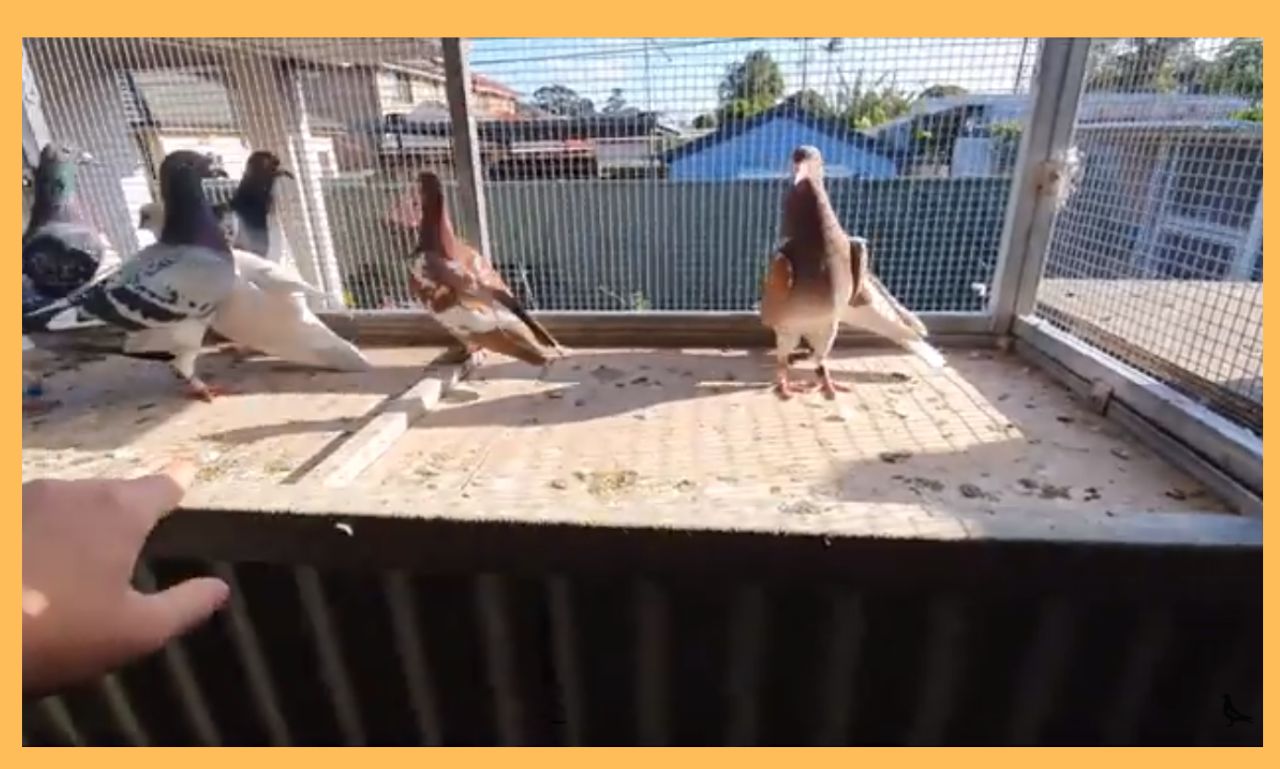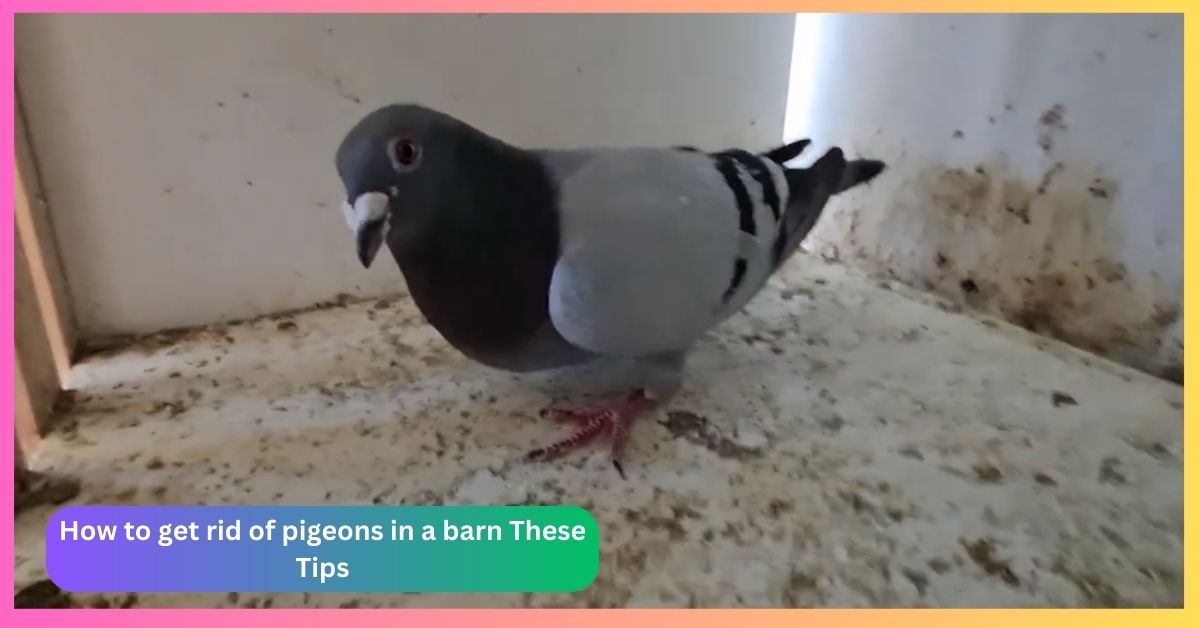As a pet owner, you might have seen your cat growl without any reason. This can be puzzling and make you worry about what’s causing it. But, knowing how cats communicate can help you understand and solve this problem.
Table of Contents
ToggleKey Takeaways
- Growling is a common form of feline communication, often used to express discomfort, fear, or a desire to defend territory or resources.
- Cats employ a range of vocalizations, including meows, purrs, and hisses, to convey different messages to their owners and other cats.
- Feline warning signals have evolved over time to help cats assert their boundaries and avoid confrontation.
- Identifying the underlying causes of your cat’s growling, such as territoriality, medical issues, or stress, is crucial for addressing the behavior.
- Building trust and understanding your cat’s individual needs can help mitigate unexpected growling and foster a harmonious relationship.
Understanding Cat Growling as a Form of Communication
Feline communication is truly fascinating. Cat growling is a key part of how cats talk to us. It’s one of many ways cats send messages.
Different Types of Cat Vocalizations
Cats make many sounds, like meows, purrs, and chirps. Each sound means something different. It could be a hello, a need for attention, or a warning. Knowing these cat vocalizations helps us understand what our cats are trying to say.
The Evolution of Feline Warning Signals
Growling is a warning sign that cats have developed over time. It helps them communicate and show their feelings. Signs like an arched back or bristled fur mean they’re feeling strong or scared.
Reading Your Cat’s Vocal Cues
Learning to understand your cat’s sounds can make your bond stronger. A deep growl might mean they’re feeling scared and need space. A quick, high-pitched growl could mean they’re excited to play. Watching their body language and sounds together helps us get their message.
“Cats have a diverse range of vocalizations, each serving a unique purpose in the cat’s repertoire of signals.”
Why Is My Cat Growling for No Reason – Common Triggers Explained
When our feline friends start growling, it can be concerning and puzzling. It’s especially true if there seems to be no obvious reason behind their behavior. However, upon closer inspection, there are often common triggers that can lead to this cat aggression and feline behavior. Understanding these potential catalysts is key to addressing the underlying cat stress and restoring harmony in your household.
Territorial Disputes
Cats are inherently territorial animals. They may growl to protect their personal space, favorite resting spots, or even their food and water bowls. This type of growling is often accompanied by other defensive postures, such as arched backs or dilated pupils.
Environmental Changes
Disruptions to a cat’s familiar surroundings can trigger feelings of anxiety and cat stress. This stress may manifest as unexpected growling as the feline tries to assert control over their territory.
Introducing New Pets or Family Members
The arrival of a new pet or human family member can be a significant source of feline behavior issues, including growling. Cats are highly sensitive to changes in their social dynamics and may feel threatened by the newcomer, leading to defensive vocalizations.
By identifying and addressing these common triggers, pet owners can better understand the root causes of their cat’s growling. They can then take appropriate steps to mitigate the behavior and provide a more harmonious living environment for their beloved companion.
“Understanding the reasons behind your cat’s growling is the first step in addressing the behavior and creating a more peaceful home environment.”
The Role of Territory and Resource Protection in Cat Growling
Cats are naturally territorial and protect their space and resources by growling. It’s important to understand why your cat might growl without a clear reason.
Defending Personal Space
Cats don’t like it when their space is invaded. This could be a new family member, a guest, or another pet. Growling is their way of saying, “Stay back, this is mine.”
Food and Water Bowl Aggression
Growling can also happen when cats protect their food and water. They guard these resources because they feel threatened. This behavior is common when new pets arrive or when feeding routines change.
Protecting Favorite Resting Spots
Cats are very protective of their favorite places to rest. This could be a window perch, a cozy couch spot, or a quiet corner. If someone tries to take their spot, they might growl to keep it safe.
Knowing about cat territoriality and resource guarding helps pet owners understand their cat’s growling. It allows them to create a better, less stressful home for their cat.
Medical Conditions That May Cause Unexpected Growling
Cat growling can be a sign of health issues. It’s important to look into cat health issues, feline pain, and medical causes of aggression. Knowing these can help you care for your cat better.
Dental disease is a common problem. Cats with tooth pain may growl more. Regular vet visits and dental cleanings can help.
Arthritis or joint pain can also cause growling. Your vet might suggest pain meds or supplements. This can help your cat feel better.
Neurological disorders and thyroid imbalances can lead to growling too. A vet can check for these and help find a solution.
While growling is normal, watch for changes in your cat. Addressing health issues can improve your cat’s life. It helps manage feline pain and medical causes of aggression.
Stress and Anxiety: Hidden Causes of Cat Growling
Many cat owners think their pets growl because of aggression or to mark territory. But, often, cat anxiety and feline stress are the real reasons. These feelings can make cats growl unexpectedly.
Environmental Changes
Cats like their routines and can get anxious when things change. Moving the litter box, changing furniture, or adding new items can upset them. This can make them growl.
New Family Members or Pets
When a new person or pet comes home, it stresses cats out. They feel their territory is being invaded. This can make them growl to protect their space.
Disrupted Routines
Cats feel safe with regular routines. But, any changes can upset them. Changes in when they eat, play, or sleep can make them anxious and growl.
“Cats are highly sensitive to their environment and any changes, even small ones, can have a significant impact on their behavior and well-being.”
To solve a cat’s growling, you need to understand the stress and anxiety they feel. Knowing what causes their stress helps you make them feel safer and happier at home.
Social Dynamics: How Other Pets Influence Growling Behavior
Living with other pets can change how your cat sounds and acts. It’s important to know how cats interact with each other to solve growling problems.
Cats live in a world of their own, and new pets can upset this balance. They see new friends as threats to their space, leading to growling and fights.
Things like resource competition, fear, and personality differences can make cats growl. Knowing these reasons helps owners keep their pets happy and peaceful together.
Strategies for Maintaining Harmony in Multi-Pet Homes
- Make sure there’s enough food, water, litter, and places to rest for all pets. This helps avoid fights over resources.
- Introduce new pets slowly and positively. Let cats get used to them at their own speed.
- Give each pet its own area where they can feel safe and have their own space.
- Play with cats often and give them fun things to do. This helps them use their natural instincts and feel less stressed.
Understanding cat social behavior and using these strategies can help keep your pets happy and peaceful. This reduces growling and fights in your home.
The Connection Between Past Trauma and Current Growling
Understanding why a cat growls often means looking into their past. Cats with cat trauma or neglect may growl when they feel threatened. Knowing their history helps in feline rehabilitation and building trust.
Signs of Previous Abuse or Neglect
Cats with a history of abuse or neglect may act differently. They might:
- Be very afraid or avoid people
- Get scared easily or by loud noises
- Protect things like food or their favorite spots
- Show aggression, like an arched back or growling
Building Trust with Traumatized Cats
Winning back a cat’s trust takes time, patience, and kindness. It’s a journey, but with the right approach, they can feel safe again. Here are some ways to help:
- Keep their space calm and quiet
- Use food and play as rewards
- Introduce new things slowly, letting them decide
- Get help from feline rehabilitation experts if needed
By facing their past and building trust, cats can move forward. They can live a happier, more confident life.
Body Language Signs That Accompany Cat Growling
Feline communication goes beyond just sounds. When your cat growls, watching their body language is crucial. This helps you understand their feelings and what’s causing their warning. Look at their posture, ear position, tail movements, and overall mood to get the full message.
A cat feeling defensive or aggressive will stand tall and stiff. Their fur will stand up, and their ears will go back. Their tail might swing back and forth or stand straight up. On the other hand, a scared or anxious cat will crouch low, tail tucked in. Spotting these signs can help you act fast and calm the situation.
Understanding both sounds and body language helps you meet your cat’s emotional needs. This approach is vital for a strong, trusting bond with your pet.
FAQ
Why is my cat growling for no reason?
Cats growl for many reasons, even when it seems like nothing is wrong. It could be because they’re feeling territorial, stressed, anxious, in pain, or just trying to tell you something. Watching how your cat acts and looks can help figure out why they’re growling.
What are the different types of cat vocalizations?
Cats make different sounds to talk to each other. They meow, purr, hiss, and growl. Each sound means something different, like saying hello or warning someone to stay away.
Why do cats use growling as a warning signal?
Growling is a way for cats to warn others of danger. It helps them show who’s boss and protect their space and things they need.
What triggers can cause a cat to start growling?
Cats growl when they’re stressed, scared, in pain, or trying to keep their territory safe. Changes in their home, new people or pets, and upset routines can make them growl.
How do cats use territory and resource protection to justify their growling?
Cats are very protective of their territory. They growl to keep their favorite spots, food, and water safe. It’s their way of saying they’re in charge.
Can medical conditions cause a cat to start growling?
Yes, some health problems can make cats growl. Things like arthritis, toothaches, or infections can hurt and make them growl to show they’re in pain.
How does stress and anxiety contribute to cat growling?
Stress and anxiety can make cats growl. Changes, new family members, or upset routines can stress them out and make them growl.
How can the presence of other pets influence a cat’s growling?
Other pets can make cats growl. They might fight over food, space, or who’s boss. This can lead to growling as they try to show who’s in charge.
Can a cat’s past trauma lead to current growling behaviors?
Yes, cats with past trauma may growl to protect themselves. Building trust and creating a safe space is key to helping them feel secure.
What body language signals often accompany cat growling?
When a cat growls, they might also show other signs of being upset. Look for flattened ears, big pupils, a twitchy tail, and a stiff body. These signs help understand how upset they are.









